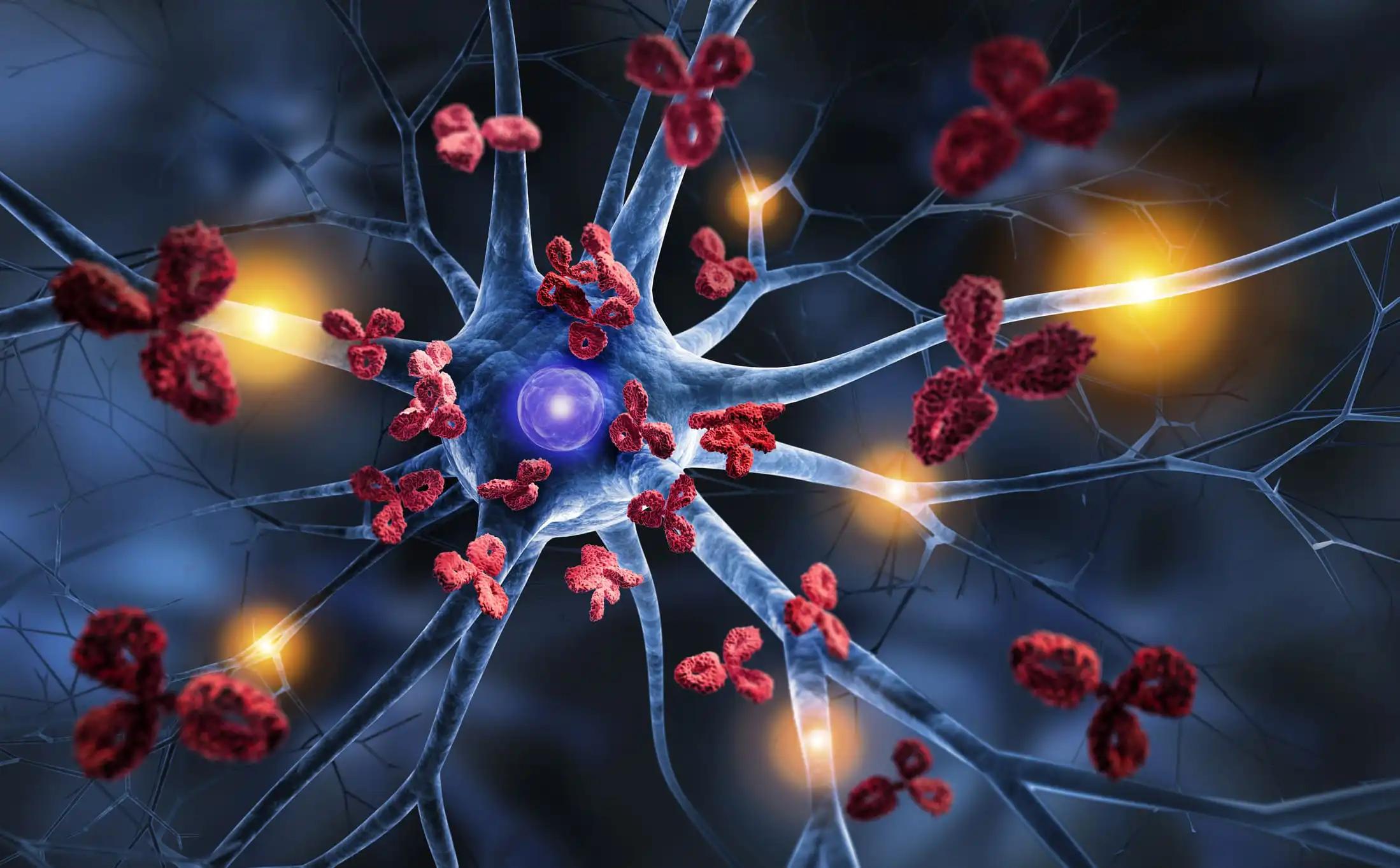KEY TAKEAWAYS
- The study aimed to examine spatial distribution impacts on leukocyte subset function in the HNSCC microenvironment via multiplex IHC.
- The results demonstrated that the spatial distribution shapes PD-L1/PD-1 interactions, influencing HNSCC prognosis through CD68/CD163 subsets and co-expression markers.
Interactions among cells in the tumor microenvironment (TME) play a critical role in driving tumor progression and metastasis. The spatial organization of these cells within the TME influences the nature and extent of their interactions, contributing significantly to the pathogenesis of various cancers, including Head and Neck Squamous Cell Carcinoma (HNSCC).
Christoph Netzer and his team spearheaded the study that aimed to analyze how the spatial arrangement of tumor cells influences interactions within the microenvironment, impacting tumor development and metastasis.
The study classified leukocyte subsets using two published HNSCC single-cell RNA datasets and flow cytometry (FC) analysis.
In this analysis, IHC demonstrated distinct leukocyte distribution patterns marked by CD68 and CD163.(CD68hiCD163lo) and (CD68hiCD163hi) cells accumulated near tumors, while (CD68loCD163hi) cells were evenly distributed in the stroma. (PD-L1hii) and ( PD-1hi) cells predominated around tumors. The high cell density of ( PD-L1hi CD68hiCD163hi cells or PD-1hi ) cells or (PD-1hi T cells) correlated with better survival. FC and single-cell RNA showed variability within (CD68/CD163) subsets. (CD68hiCD163lo and CD68hiCD163hi) cells were mainly macrophages (MΦ), while (CD68loCD163hi ) cells were mainly dendritic cells (DCs). CD64, CD80, CD163, and CD206 differentiation revealed that HNSCC’s TAMs span the M1/M2 spectrum. MΦ subsets mainly expressed CD206 and little CD80; DC subsets showed the opposite.
The distinct distribution patterns and interactions via the PD-L1/PD-1 pathway suggest varied roles of CD68/CD163 subsets in the HNSCC microenvironment. PD-L1/PD-1 interactions predominantly involve specific cell types near the tumor site. The impact of these interactions on patient survival appears to be contingent on both the spatial localization and the characteristics of the interacting cells. Co-expression of markers like CD80 and CD206 supports the notion that CD68/CD163 IHC subsets serve different functions.
These findings underscore the link between spatial leukocyte distribution patterns and the clinical manifestation of HNSCC. Research was funded by Deutsche Forschungsgemeinschaft (DFG), Else Kröner Research College Göttingen, Deutsche Krebshilfe, LOEWE Center Frankfurt Cancer Institute (FCI), and EnABLE Cluster.
Source: https://pubmed.ncbi.nlm.nih.gov/38322012/
Netzer, C., von Arps-Aubert, V., Mačinković, I., et al.’’ Association between spatial distribution of leukocyte subsets and clinical presentation of head and neck squamous cell carcinoma’’. Front Immunol. 2024 Jan 23;14:1240394. doi: 10.3389/fimmu.2023.1240394. PMID: 38322012; PMCID: PMC10844964.



